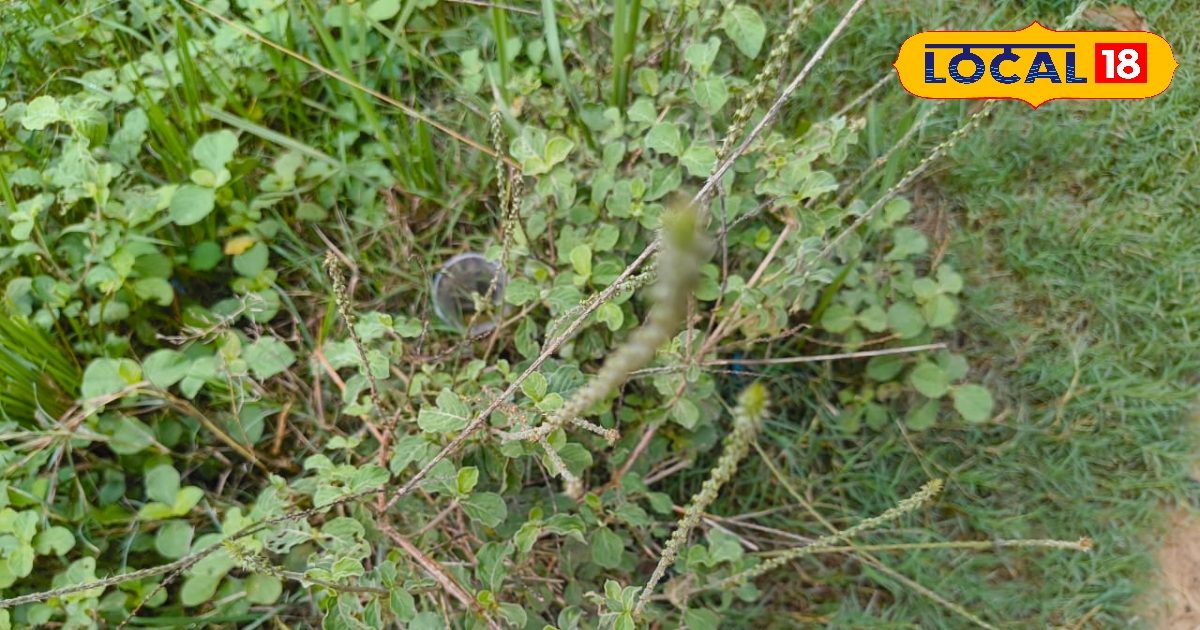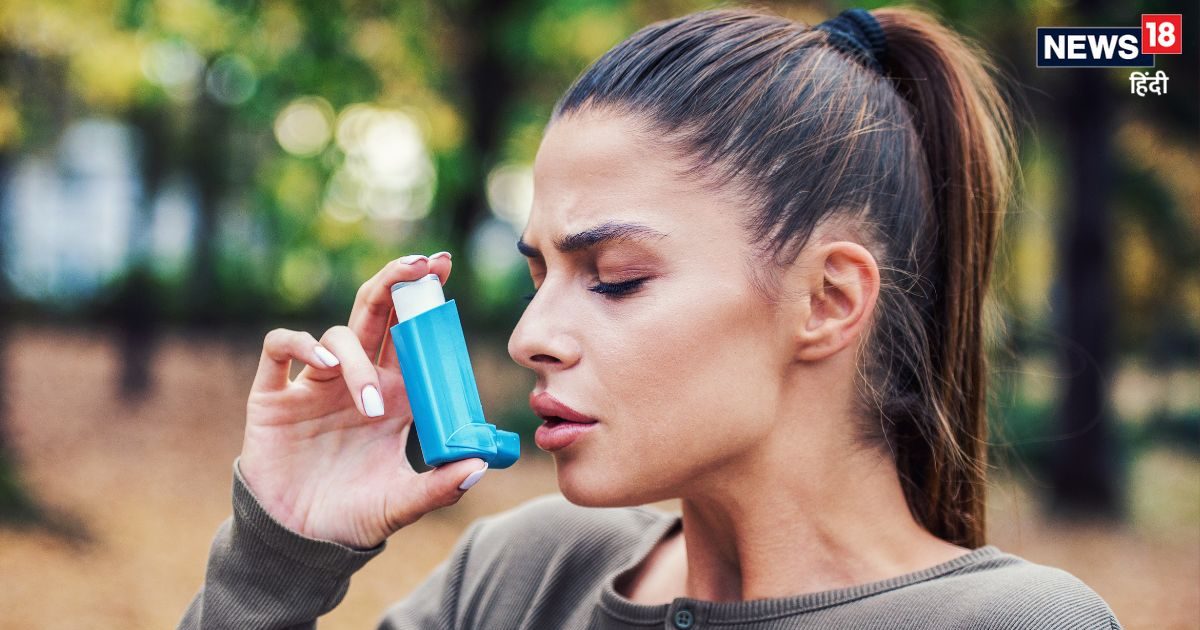Dr. Pragati Gogia Jain, Senior Dermatologist of Apollo Hospital, Lucknow, UP, told That bright and stylish -looking clothes often become the cause of skin rashes and allergies. This problem in medical language is called textile dye dermatitis. Nowadays clothes that are found in the market, often contain harmful chemicals like edo dye, dispersion dye, formaldihyde, heavy metals and solvents. These chemicals weaken the natural protection of the skin, which can lead to rashes, irritation and sometimes chemical burn.
According to the doctor, the safest fabrics in the rainy season are those made of quick drying, light and breathable fabrics. Synthetic clothes like nylon, polyester and reyon are considered better for rain, as these water does not absorb and dry quickly, which reduces the risk of fungal infection or cold. At the same time, natural fabrics like cotton or linen become heavy when they get soaked in rain and dry up late, which increases the chances of rashes or fungal infections on the skin. Apart from this, skin fit clothes should be avoided as they stick to the skin when they get wet and can cause discomfort in walking. Wearing light, loose and quick drying clothes in the monsoon is the safest and practical option.
In view of the skin problems with synthetic dye, now a dye made of natural colors has also started coming in the market. According to Yawar Ali Shah, CEO of AMA Herbal, many companies are now making natural dye. More than 10 types of plant-based dye colors including IndiGo are being developed. Their purpose is not only to give healthy options to the people, but also take care of the health of the environment. Natural dye is not only skin-friendly, but also gives durable and permanent tone, which are no less than artificial colors. People who have problems with synthetic colors can use natural dye clothes.



